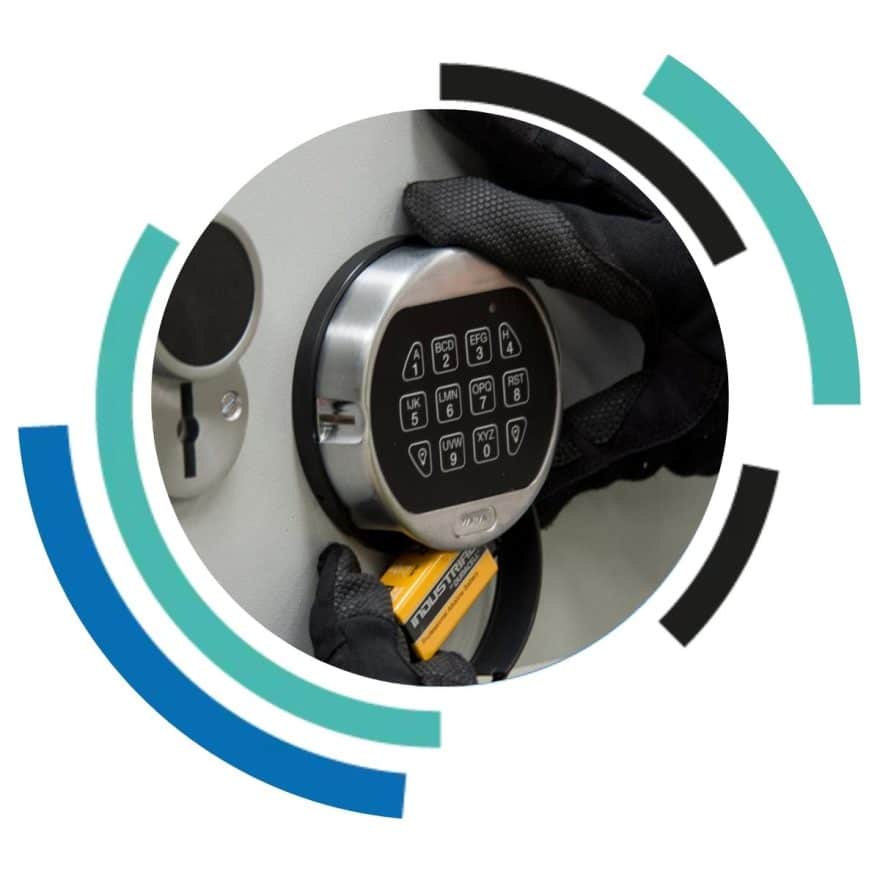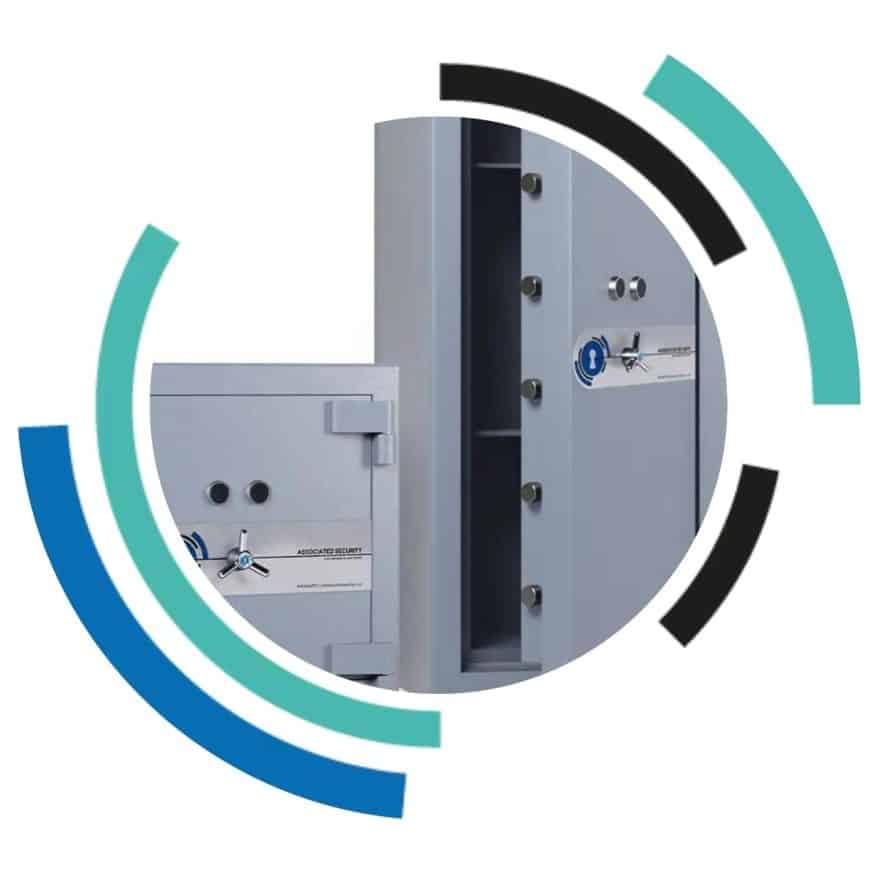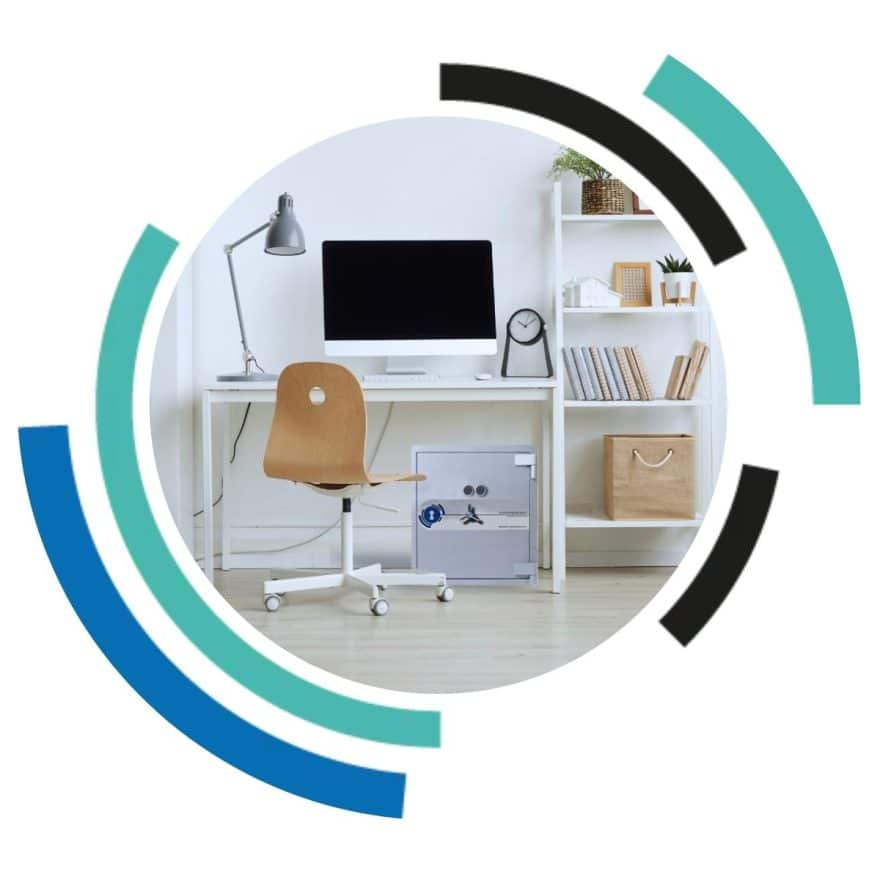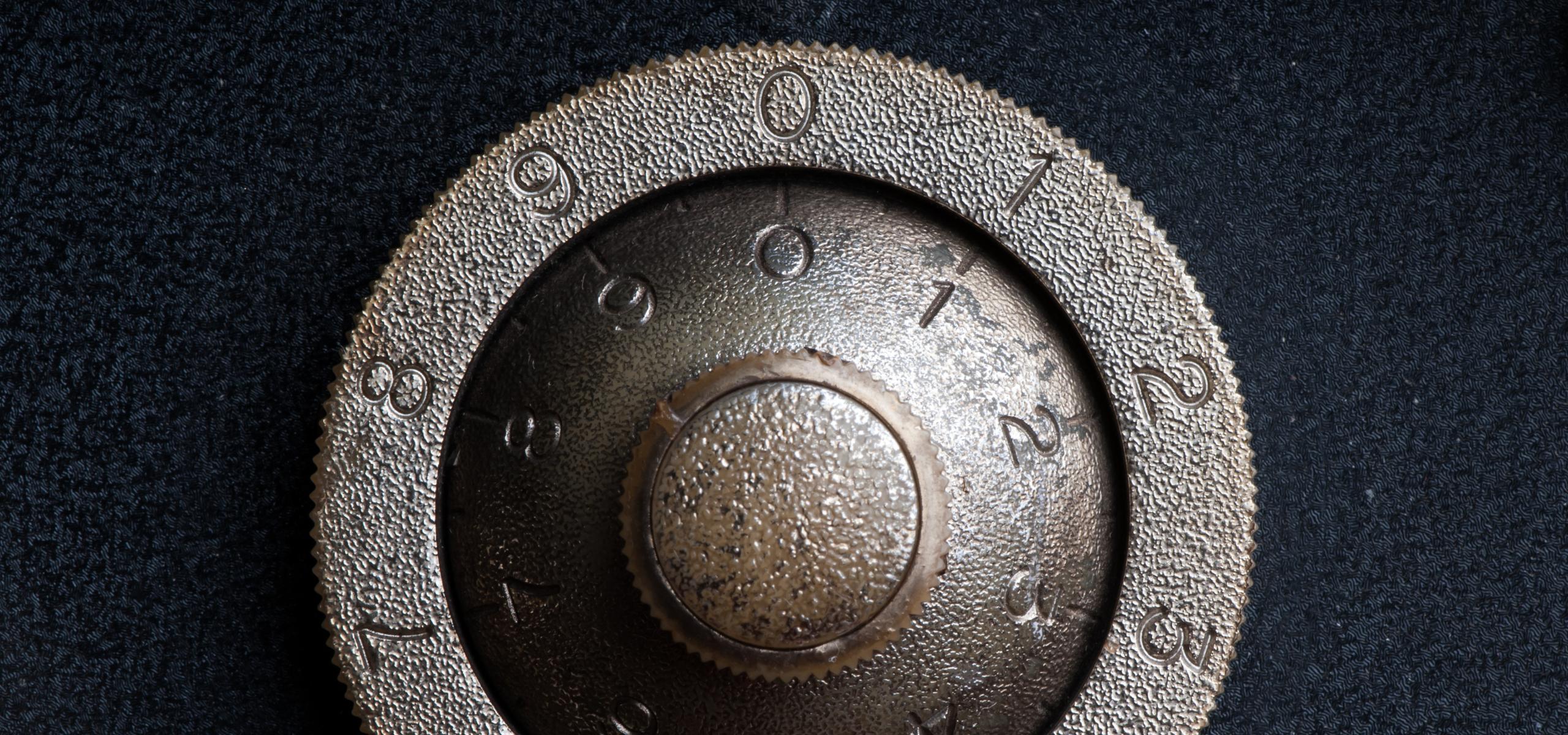Associated Security News
Reconditioned Safe Process & Benefits
29th October 2020
Let’s talk about the reconditioned safe process & reconditioned security solutions in general.
The stigma surrounding reconditioned safes or refurbished safes is one that can at times portray these in a different light to the new models. Many people would believe that as the safe is second-hand and has been reconditioned it lacks a level of security that the newer models would possess. However, this is not the case.
Not only do reconditioned safes hold the same level of security as their respective new models, but they provide a further benefit as they help us to minimise the waste produced and therefore help towards reducing the current environmental issues. Reconditioning a second-hand product like a safe takes a lot of work, as the end product must be a reflection of the same product newly manufactured, providing the appropriate level of protection.
What is the reconditioned safe process?
At Associated Security, we have mastered our reconditioning techniques in our UK manufacturing plant to ensure the end result provides the ideal solution along with the necessary level of security which would be attributed to the safe.
To restore an old safe the first step would be to thoroughly clean it out, ensuring the interior is spotless for its new owner. The safe will then be sanded down, which removes the old paint for a primer to be applied to the outer layer of the safe. Once the primer has been applied, that’s when we can begin to re-paint the safe, making it appear as if it were brand new! The locks are replaced and bolt work is removed and fully serviced – making sure that the safe functions perfectly.
What benefits can a reconditioned safe provide?
The benefits supplied by a reconditioned safe are incredibly similar to those of a new model. As all the safes we recondition are restored to the highest security standard, and meet the stringent requirements of British Standards and European safe testing, no faults, flaws or issues with the appearance or function of the safe can be found.
The only difference of a reconditioned safe would come to the pricing, due to reconditioned safes being second-hand, these come with a lower price tag, providing a perfect correspondence between quality and value.
The British Standards for a reconditioned safe
The British Standards Institute provides manufacturers who recondition safes with their standards for this task. This standard is the BS 7582, the current version of this standard was last updated in 2017, so we make sure our safes are reconditioned to, at the very least, comply with this.
Upon beginning the reconditioned safe process, it should be thoroughly inspected to determine any damage to the body or door, specially drilled holes or part holes should be made good to restore the original strength. In addition to this, checking the door is in a central position within its frame and checking for wear of hinge pivots must be carried out. Of course, we also complete full Health and Safety checks on all of the safes we reconditioned, before they are listed for sale – H&S checks include the testing of hinges & handle projection, making sure the door doesn’t swing too far out and so on.
Per the British Standards for reconditioned safes, any principal working part replaced during the process of reconditioning should be an authentic part supplied by the original manufacturer, or if the authentic part is unavailable, one of an equivalent or better quality should be used.
Where possible, all bolt work and locks should be removed from the safe, cleaned, and lubricated with graphite or a similar substance and reinstated. For a safe with a key locking system, manufacturers may either use a replacement lock of the same or more secure performance or we’ll upgrade the locking mechanism to an electronic safe lock, allowing for multiple user access and offering an additional range of features.
If the safe contains a relocking device, this device must be examined to determine whether it is defective and if so, replaced with a new device as close to the original pattern as possible. Reconditioned safes must also be repainted and any damaged or defective non-critical parts replaced with new parts.
Reconditioned safes must be accompanied by a certificate which provides the name and address of the reconditioning organisation, the make, size, model, serial number and year of manufacture of the safe when new, the original specification of the safe and any modifications made after this, the type and number of the locks, the date of reconditioning with full details of the work carried out on the safe, including any alternations made and the name, registered mark and certification reference of any independent third-party responsible for approval of the reconditioned safe and/or the competence of the reconditioning organisation.
When refurbishing a safe to these British Standards, a label stating that the work carried out has been done so in accordance with BS 7582 should be securely affixed to the inside of the safe door. When reconditioning graded safes, any safes which claim compliance with BS EN 1143-1 or BS EN 14450 should be restored to the grade claimed, but no higher grade can be claimed.
We have provided many of our long-standing customers with a number of reconditioned solutions including safes we have previously manufactured having been restored, and safes manufactured by many household name brands such as refurbished Burton Safes & refurbished Chubbsafes.
With our extensive experience within the security industry and within the manufacturing industry, we’ve managed to perfect the art of restoring second-hand safes to pristine condition – both functionally and aesthetically and are dedicated to continuing to expanding our reconditioning services, as we have by introducing the restoration of Cabinets, Security Doors and even Vaults, to benefit the environment, and our customers.
Get in Touch
Make an enquiry
PLEASE NOTE: Emails are monitored during normal office hours only. If you require urgent attendance of a locksmith or safe engineer please call our help desk on 0161 832 2777.




